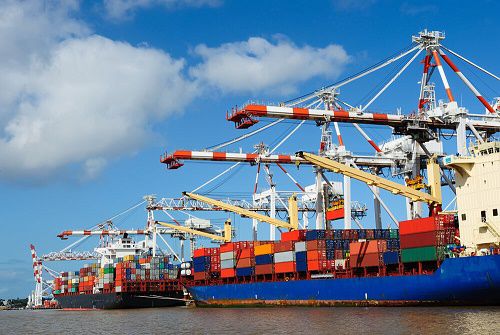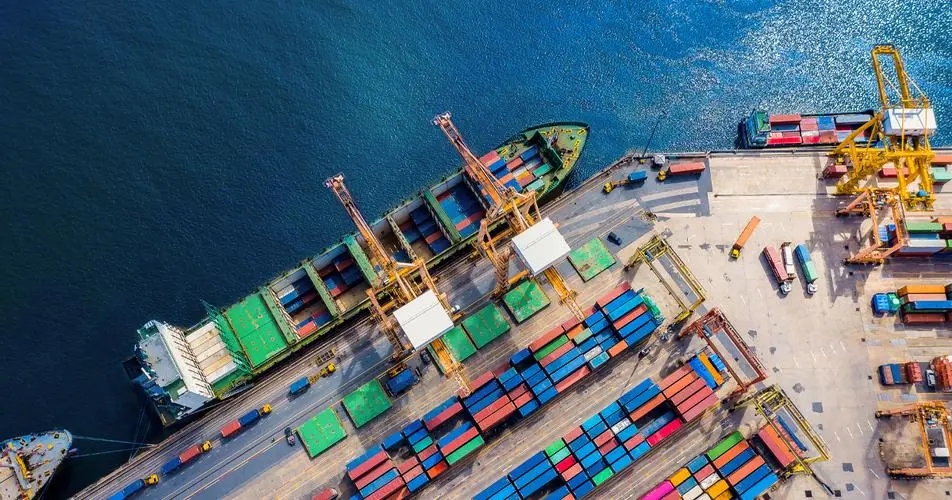 +86-021-61406313
+86-021-61406313



The process of FBA freight forwarding and customs clearance involves multiple steps. Below is a detailed explanation:
Transportation Process
Booking
Selecting the Mode of Transportation
FBA freight forwarders choose the appropriate mode of transportation, such as express delivery, air freight, or sea freight, based on factors like the weight, volume, urgency, and customer requirements.
Space Reservation
Freight forwarders reserve space with the respective airlines, shipping companies, or express delivery services. For air and sea freight, reservations must be made in advance to ensure sufficient space for the cargo. Detailed information such as weight, volume, origin, and destination ports must be provided during booking.
Cargo Warehouse Entry
Notification of Entry
After successful booking, freight forwarders notify the seller to deliver the goods to a designated warehouse. Sellers must comply with the forwarder’s requirements and deliver goods within the specified timeframe.
Cargo Inspection
Warehouse staff inspect the goods to check packaging, quantity, labeling, and compliance with requirements. If issues such as damaged packaging or unclear labels are identified, the seller may be asked to repackage or make corrections.
Entry Confirmation
Once the goods pass inspection, the warehouse confirms their entry and provides the seller and freight forwarder with the entry number and related details.
Goods Dispatch
Loading and Transportation
Depending on the mode of transportation, goods are loaded onto planes, ships, or delivery vehicles for shipping. The freight forwarder ensures the safe and timely dispatch of goods.
Transportation Tracking
Freight forwarders track the shipment status via airline, shipping company, or courier tracking systems. They provide real-time updates to sellers on the cargo's location and estimated arrival time.
Customs Clearance Process
Preparation of Customs Documentation
Basic Documents
Freight forwarders collect documents provided by sellers, including:
Commercial Invoice: Specifies the goods' name, specifications, quantity, and value.
Packing List: Details packaging and contents of each package.
Customs Declaration Form: Must be accurately completed per customs requirements.
Specialized Documents
Depending on the type and nature of goods, additional documents may be required, such as a Certificate of Origin, Quality Inspection Certificate, or Import Permit. Close cooperation between the forwarder and seller is essential to ensure all documents are complete and accurate.
Customs Declaration
Electronic Declaration
Freight forwarders use customs electronic platforms to submit declaration documents to customs for review. They must ensure the accuracy and authenticity of the information to avoid declaration failures or cargo detention.
Manual Review
Customs officers manually review the declaration, focusing on goods classification, pricing, and origin. If customs have concerns, they may request further explanations or additional documentation from the freight forwarder.
Tax Payment
Tax Calculation
Customs calculates applicable duties and taxes (e.g., import duties, VAT) based on the goods' type, value, and origin. Freight forwarders inform sellers of the tax amount and assist with payment.
Payment Method
Sellers can pay taxes via bank transfer, online payment, or other methods. After payment, sellers provide proof of payment to the forwarder for subsequent customs procedures.
Customs Inspection
Random Inspections
Customs may randomly inspect goods to verify if the actual items match the declaration. Freight forwarders coordinate with customs, arranging personnel and equipment to transport goods to the inspection site.
Inspection Results
If the inspection is satisfactory, customs will stamp the declaration for clearance, allowing goods to proceed. If discrepancies are found, such as false declarations or mismatched goods, customs may detain or fine the shipment. Freight forwarders assist sellers in resolving these issues and re-declaring as needed.
Goods Clearance
Release Notification
Once goods pass customs inspection and taxes are paid, customs issues a release notification to the forwarder. The forwarder informs the seller and transportation company that the goods can proceed to the Amazon FBA warehouse.
Follow-Up Tracking
Freight forwarders continue tracking the shipment to ensure timely delivery to the FBA warehouse and provide sellers with updates on the delivery and warehouse receipt.
This comprehensive process ensures that goods are efficiently transported and cleared for Amazon FBA fulfillment.






